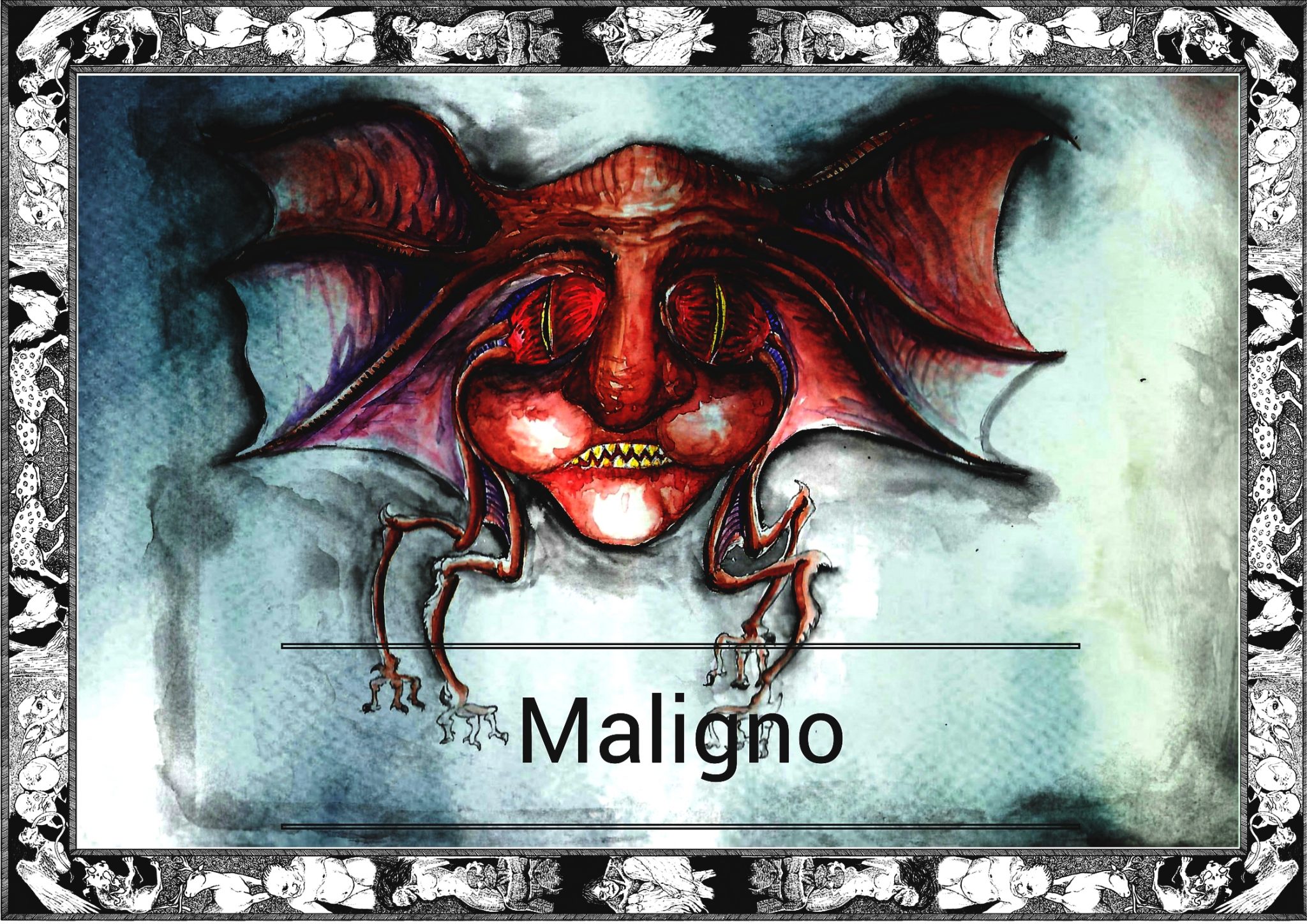
*Note this story is in Waray
May usa nga babayi hadto nga nabuhi ha sakob han iya hunahuna, kun nakikit-an la han iba kun ano an adto ha sakob, maruruyag liwat hira nga didto umukoy. Waray kahumanan an iya napipinsar o naaabat. Kundi, hala, adto na hiya ha kalibutan nga diri hiya an naghimo.
Mayda mga lat-ang ini nga kalibutan. Lugar kun diin nasalakot an kalibutan ha iba ngan mayda mga partikular nga butang nga nakakaeskapo. Ini nga mga butang amo an ispirito han kangalas ngan kawaray, han kademalas ngan kahibang. Waray ini makit-an han babayi, kundi maaram hiya nga pirme la aada iton nga mga butang.
Maaram hiya nga diri gud hira mawawara, tungod kay mayda usa nga kamatuoran nga nahihingalimtan han kadam-an: Nga mas poderoso an mga diri tinuod tanding ha ungod, tungod kay an mga diri nakakaptan nga mga ideya, tuluohan ngan mga konsepto an nalastar. Nabasa niya ini ha usa nga libro, ngan maaram hiya nga mas malastar ini tanding ha dalan nga iya gin-aagian.
Sanglit, ginbuhat niya tanan nga akos niya himuon. Kada adlaw mangisi hiya ngan magpipinsar nga bangin sadang na ini, ngan ha esensya, tukma hiya. Mag-upay la an iya nakikit-an ha mga tawo ha iya palibot ngan nananalinguha hiya nga makit-an an adto ha luyo han ira mga tahub. Ha kalibutan ha sakob han iya hunahuna, maaram hiya nga an mga tawo natago ha ira kalugaringon nga kawaray, nga amo an rason kun kay ano an ira suol pirme waray sulod. An pinakamakuri igtago amo an mga butang nga diri naeksister.
Kada higayon, nananalinguha an mga ispirutu nga kumapyot ha tanan nga poyde nira kap’tan. Naato an babayi ha nag-uusahay nga pamaagi nga batid niya. Gin-gagamit niya an iya kasingkasing komo giya ngan an iya mga pulong agud ipaabat an iya karuyagon nga makibahin ha anuman nga poblema. Ginlalantaw niya an kabubwason ngan pirme nahikikit-an an adlaw. Waray malain ha pagin positibo, tungod kay poyde hiya magtangis unina.
Sugad hini hiya nabuhi, ngan waray niya ini bag-uhon. Diri para ha ngatanan nga suol nga poyde abaton han mga tawo. Waray umundang an mga ispiritu, kundi bisan hiya diri maukoy. Usa iton nga pirmihay nga sumpakiay, kundi mao iton an kinabuhi para ha iya.
Tubtub ha adlaw nga an kalibutan magin sugad han kun ano an adto ha iya hunahuna, padayon hiya nga mananalinguha kada adlaw nga mahimo iton.
Usa nga problema kada higayon.
=—————————–=
English Version
There once lived a girl who spent her life in her own head, though if others could see what was inside, they would want to live there too. There was no end to what she could think or feel, or imagine. But, alas, she was in a world not of her making.
This world had spaces in between. Places where the world blended with another and certain things could escape. These things were spirits of anger and loss, of misfortune and ruin. The girl could never see them, but she always knew they were there.
She knew that they could never be banished forever, because there was one truth that most people forgot: That the unreal is more powerful than the real, since it is only intangible ideas, concepts, beliefs and concepts that can last. She read that in a book somewhere and she knew them to be more lasting than the ground that she walked on.
So she did what she could. Every day she would smile and she thought, maybe, it would be enough, and in a sense she was right. She only saw the best in the people around her and she tried to see through their masks. In the world in her head she knew that people hide within their own emptiness, which is why their pain was always hollow. The hardest things to hide are the ones that aren’t there.
Every moment the spirits would take their time latching on to whatever they could. The girl fought the only way she knew how. She let her heart be her guide and used her words to share a burden. She would look to tomorrow and always see the sun. It never hurt to be optimistic, because she could always cry later.
This is the way she lived her life, and she never changed the way she could be. Not for all the pain that she knew people could feel. The spirits never relented, but neither would she. It was a constant struggle, but that’s what life was to her.
Until the day the world could be like it was in her head, she would spend every day trying to make it so.
One problem at a time.
————————–
*Waray is the fifth-most-spoken native regional language of the Philippines, native to Eastern Visayas. It is the native language of the Waray people and second language of the Abaknon people of Capul, Northern Samar and some Cebuano-speaking peoples of eastern and southern parts of Leyte island. It is the third most spoken language among the Visayan languages, only behind Hiligaynon and Cebuano.
Written by Karl Gaverza
Waray translation by Joan Sebastian
Copyright © Karl Gaverza
Translation Copyright © Joan Sebastian
Inspired by the Maligno myths and Marj
Watercolor by Tara Singson
IG: https://www.instagram.com/
